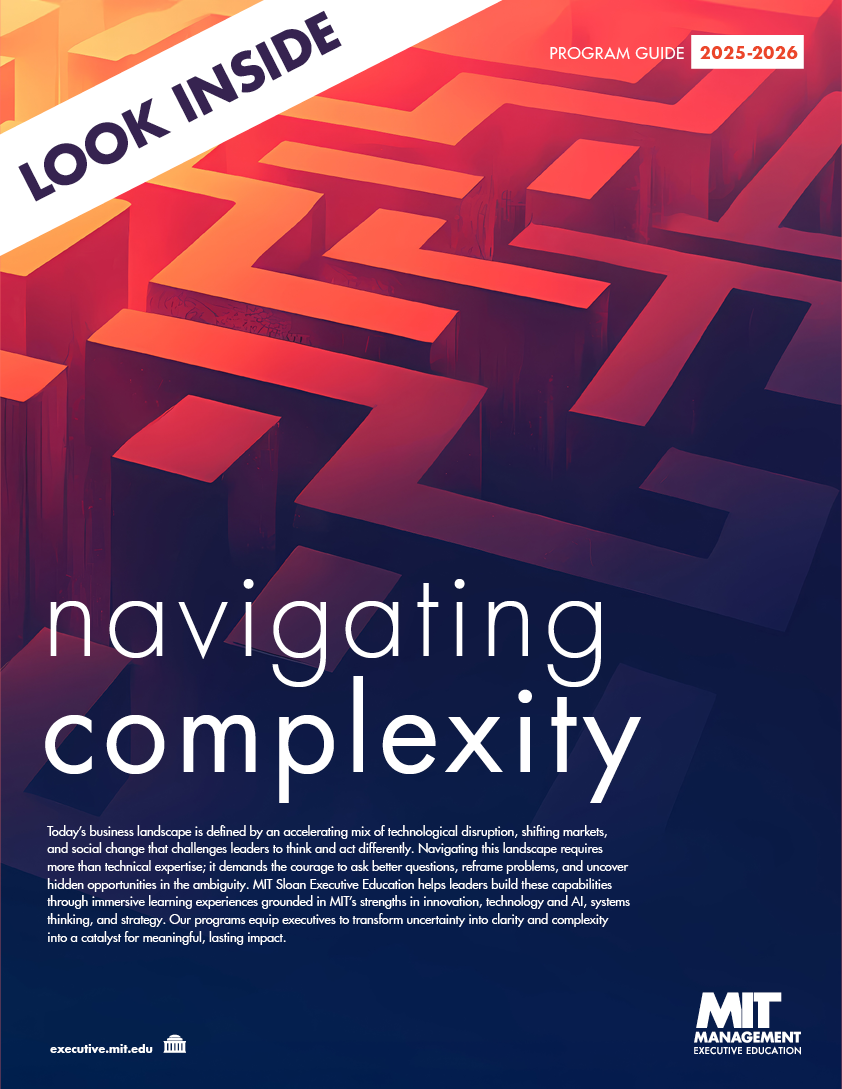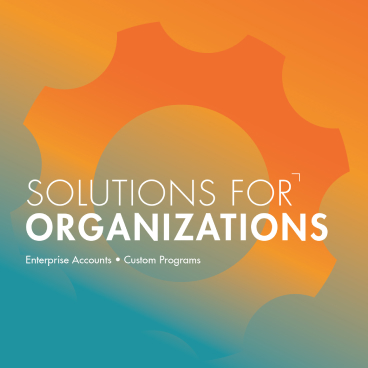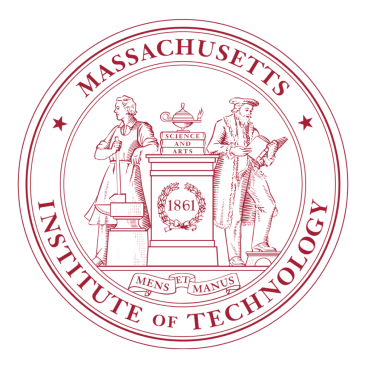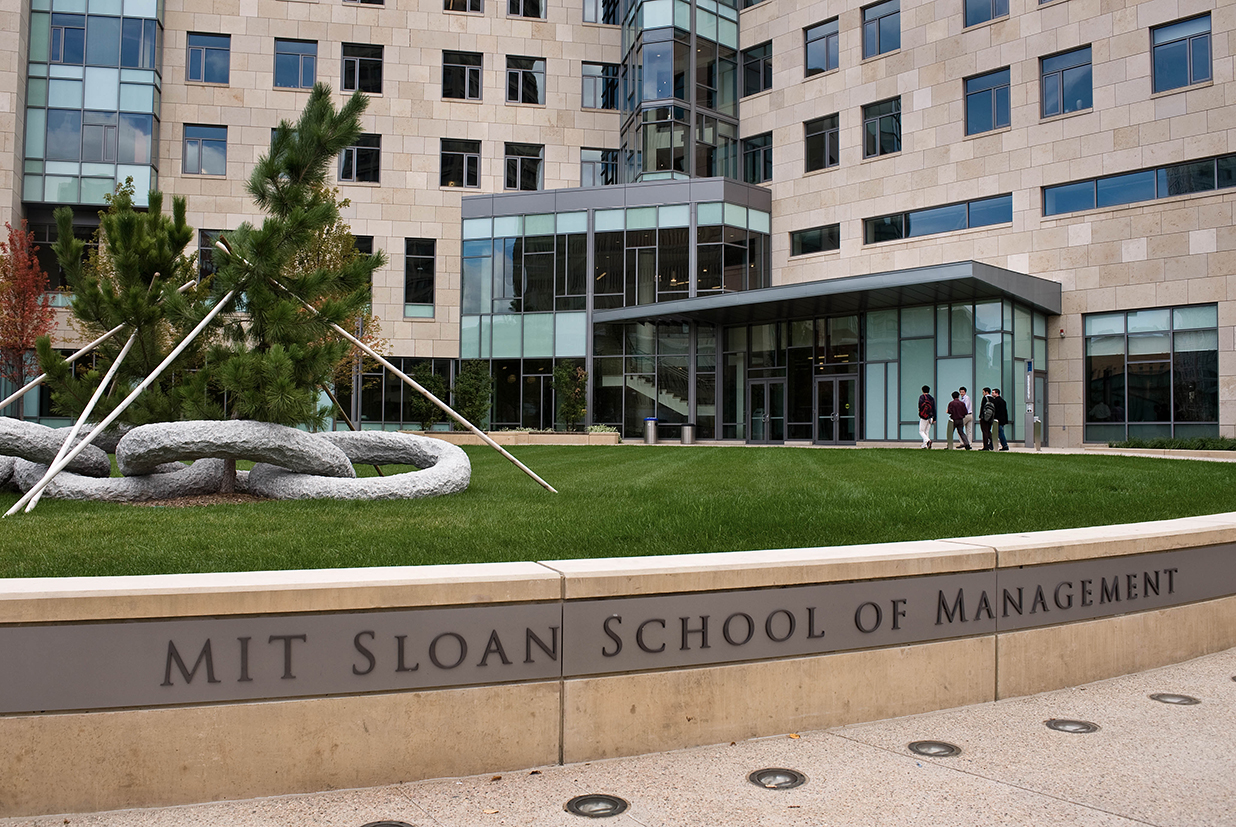The Client: Bayer
On a rainy Tuesday morning in May of 2017, a group of leading experts in the fields of life sciences, data science, learning and development, and innovation gathered in front of a giant whiteboard in a cozy workshop room at Bayer's headquarters in Berlin. The challenge before them—to create a transformational upskilling experience that empowered R&D team members to successfully conceive, develop, and implement innovative data-science driven projects.
The result would become an intense three-year experiment, accelerating more than twenty projects across the entire R&D value chain, securing millions of Euros in funding of these projects beyond our program, and training about a hundred participants from across R&D, who, in turn, amplified the learning by sharing with thousands of colleagues via various multiplication activities.
“It was not only about bringing these people together to learn and then each go their separate ways. We intentionally nurtured this network after the program and fostered collaboration. It’s absolutely important to keep that connection.”
Below are the six key ingredients of our program’s "secret sauce," which we hope will inspire you to consider creating similar frameworks in your organization or adapt existing ones.
1. Empower your employees to become "intrapreneurs"
In early 2017, the executive leadership at Bayer R&D recognized that while Open Innovation was a fantastic instrument for advancing digital innovation, there was significant untapped potential to spark such innovation from within our R&D organization. Afterall, Bayer was a 150-year-old multinational company with an incredibly rich and diverse R&D community of 16,000 experts spanning three businesses (Pharmaceuticals, Crop Science and Consumer Health), multiple scientific and technological domains, and multiple geographies and cultures. Tapping into this potential required "digital intrapreneurs"—both life scientists and data scientists—who take initiative to pursue their novel data driven ideas from concept to implementation.
Inspired by schools of thought that perceived entrepreneurship as a disciplined skillset that could be cultivated and taught, we were encouraged by the R&D leadership team to design and deliver a cross-divisional upskilling framework that would empower internal R&D talents to become intrapreneurs. With no sufficient "off-the-shelf" upskilling framework to be found externally at that time, we took the long road of building this program from scratch. In our imagination, the participants' experience throughout the program would be that of being fully immersed in science, data, and innovation, which is why we called it the R&D Tech Immersion.
2. Design diverse learning experiences
Following the need to sustain the participants' energy, creativity, and focus over time, the R&D Tech Immersion blended diverse learning experiences such as face-to-face workshops, webinars, brief brainstorming sessions, peer coaching, user interviews and feedback sessions, executive mentoring, rapid prototyping, hackathons, and even a three-day online "data science radio show."
Early into the design and planning phase, we decided that all technological content would be delivered by in-house data experts whom we mentored to become trainers. This helped make the tech-talk less intimidating and provided our participants with good networking opportunities into the R&D digital community. However, when it came to the entrepreneurship and innovation leadership components, we decided to work with a world-class leader in executive education and found our ideal partner in MIT Sloan Executive Education.
Court Chilton, the Faculty and Program Director on the MIT learning modules, saw an opportunity to help us build a new capability in data science. “A capability is a mindset. It’s the way you operate the business,” he said. “Bayer wanted more people in R&D to be applying this core capability and there was no way to stretch the few smart data scientists at that scale. So instead of having a few smart people in the data science function, they wanted many more people familiar with what kinds of problems can we solve with data science, broadly defined, but with enough knowledge to ask the right questions.”
25 training days were spread over the course of 6-8 months, culminating in an intense week at MIT Sloan School of Management, which was filled with inspiring yet practical lectures, exercises, and meetings with MIT faculty leading groundbreaking innovation in the AI and life sciences. Chilton explains, “Most organizations say, ‘just go to MIT, listen, and do what they teach you,’ but not Bayer! The corporate R&D training team was involved in every step of the design and delivery of the program, including the MIT module. And because of this close relationship, we were able to co-create the solution that was really great, using the same concepts we teach in our programs: design thinking, human-centered design, leadership frameworks. The program evolved significantly from year to year, so we had to be flexible, experiment, and devise creative approaches, which was very much in the spirit of the program experience.”
The final milestone in the journey was a unique opportunity for our participants to directly engage their R&D executives and pitch project proposals, advocating for transforming their ideas into real and funded, digital innovation projects embedded into the respective digital pipelines.
3. Focus on real-life business challenges
One of the most gratifying parts of a well-designed corporate training program is in the immediate application of knowledge to real-life business challenges. That’s why for the R&D Tech Immersion, we deliberately chose not to leave the real-world application till after our program but leverage a handful of strategic business challenges as the program engine. Using these challenges served not only for building our participants' entrepreneurial grit but also for ensuring that our program was linked to the heartbeat of the business and was perceived as an impact generator.
The challenges we addressed spanned a broad array of unmet needs and "jobs to be done." Some challenges were directly related to our core business; others focused on operational excellence; the third class of challenges related to inventing new value propositions and new business models.
4. Provide a diverse yet pragmatic tool set
We purposely designed the program to mimic what we consider best practice in lifecycle management of a digital innovation project: replication and amplification of knowledge. At every stage, we deployed relevant knowledge and tools according to the specific objectives of that stage and the inherent risks we wanted to manage and avoid. We introduced ideation tools to help participants scope their concepts for maximum impact, and we taught them how to design and run agile sprints and hackathons.
Toward the final phase of the program, and thanks to the outstanding MIT Sloan faculty, we were able to equip our cohorts with practical frameworks and tools for driving digital transformation on a strategic level, enabling cultural change, strategizing around tech-driven disruption, and developing their personal style of innovation leadership.
5. Transform alumni into coaches
Over the course of the three years that we ran the R&D Tech Immersion, our cohorts grew from twenty-four to thirty-two to fifty participants. What enabled us to scale quickly was leveraging volunteer alumni as coaches. Having been through the journey before, the alumni coaches knew exactly how to direct their cohorts’ activities to facilitate learning. Moreover, the coaching experience provided yet another opportunity for these subject matter experts to take on leadership roles and help develop their peers’ skills in the context of the program.
6. See today’s talent as tomorrow’s leadership
“We chose people who we saw as having the right mindset and perspective and, inevitably, many of them by now have grown to new, senior roles, leading departments or digital initiatives around the company", explained Michael Devoy, Bayer Pharma's Chief Medical Officer and the EVP of Medical Affairs and Pharmacovigilance and an active executive sponsor and champion of this program. "The program seeded that into wider parts of our organization, and in addition it led to people building up links inside but also outside Bayer with developing new partnerships and relationships.” He pointed out an important early decision in participant selection: “Usually if we would send executives to MIT, they would be more senior people in the organization, already in their mid-career or later. And the interesting thing here was that we took people relatively early in their careers who are very practically motivated, exposed them to a top-class institution, and then saw the growth they’ve experienced. I saw a sort of synergy between those two aspects.”
Monika Lessl, SVP, Head of Corporate R&D, Social Innovation & the Bayer Foundation, was one of the program’s key sponsors. “Building a cross-disciplinary network of change agents was a key objective of this program,” she emphasized. “It was not only about bringing these people together to learn and then each go their separate ways. We intentionally nurtured this network after the program and fostered collaboration. It’s absolutely important to keep that connection.”
Summary - Get ready to cultivate!
We live in a rapidly changing reality, which demands that leaders and organizations embrace new technologies and new ways of working faster than ever. Open Innovation and hiring "unicorn" talent is a valuable strategy to keep up with the change and secure your competitive advantage, but our message to you is: don't lose sight of the immense potential of your own employees to become entrepreneurs and drive innovation. This requires time, resources, and patience, and there are no shortcuts. Yet as our experience over the years has shown us: when done properly, cultivating this spirit internally has the potential to bear amazing results—for the business, for the organizational culture, and for all the individuals who have grown into innovation leaders in the process.
Acknowledgement (in alphabetical order):
Andreas Steffen; Bertram Weiss; Carl Nising; Djork-Arne Clevert; Eren Elci; Melanie Heroult; Monika Lessl; Ruzha Draganova; Silke Andree-Labsch








